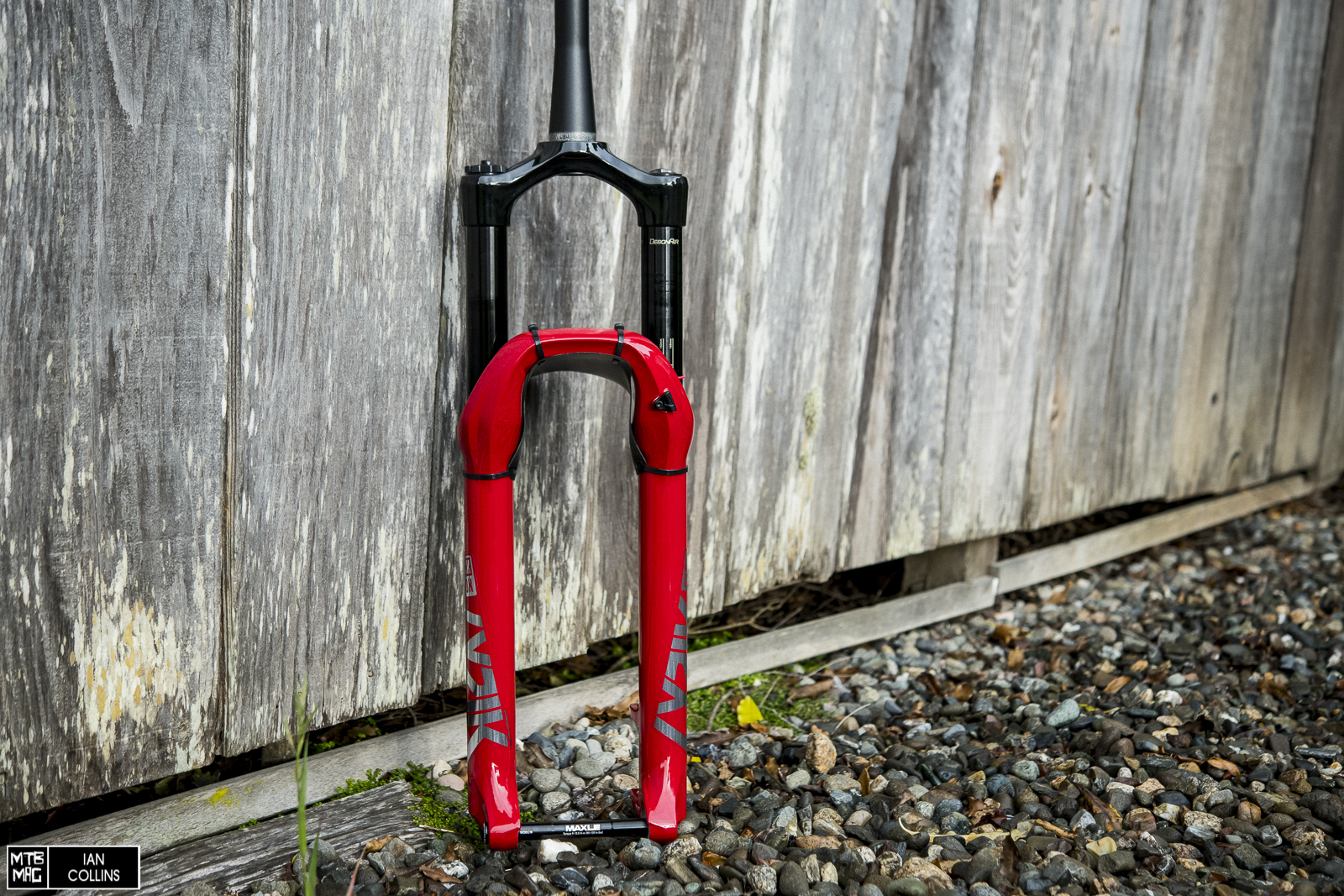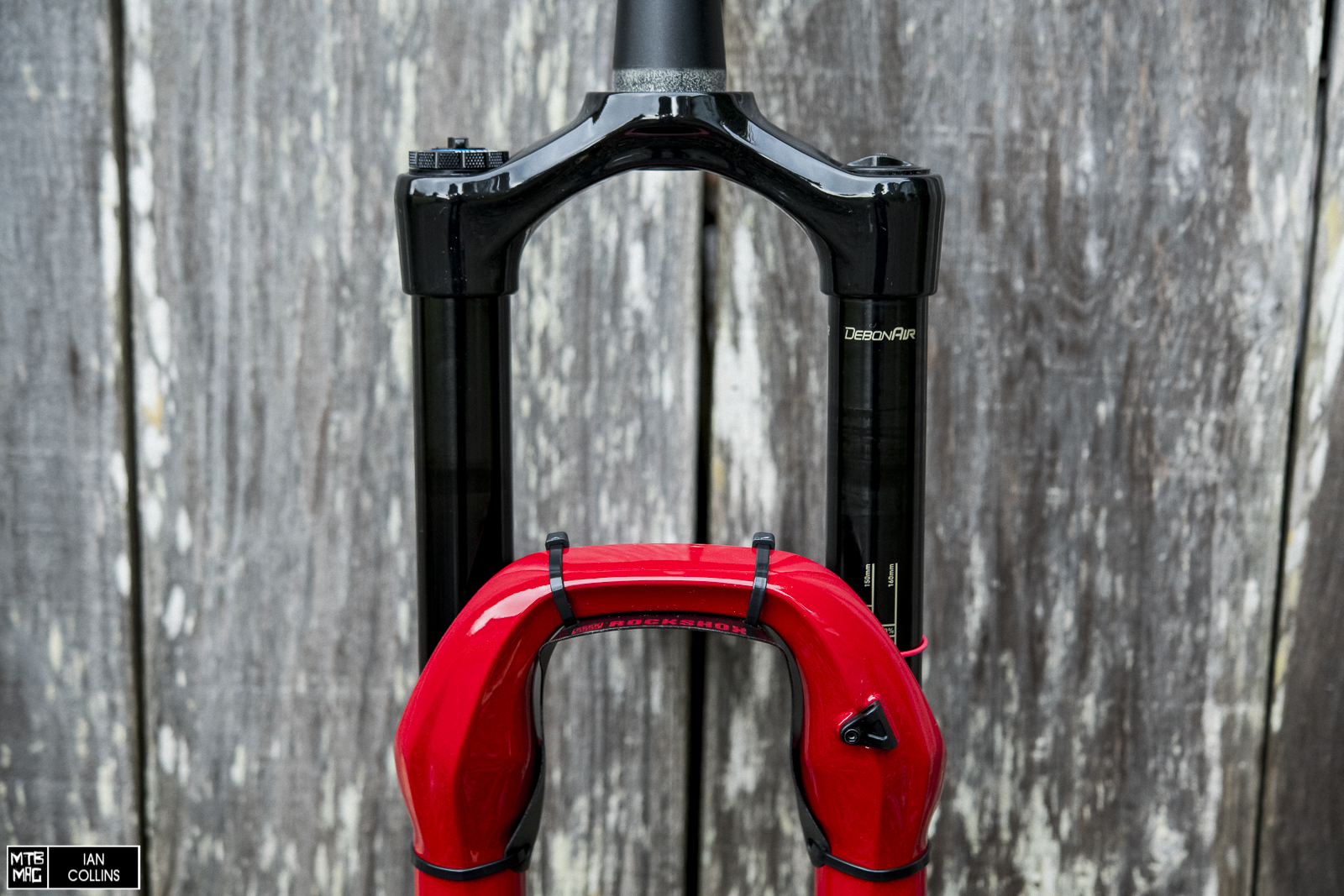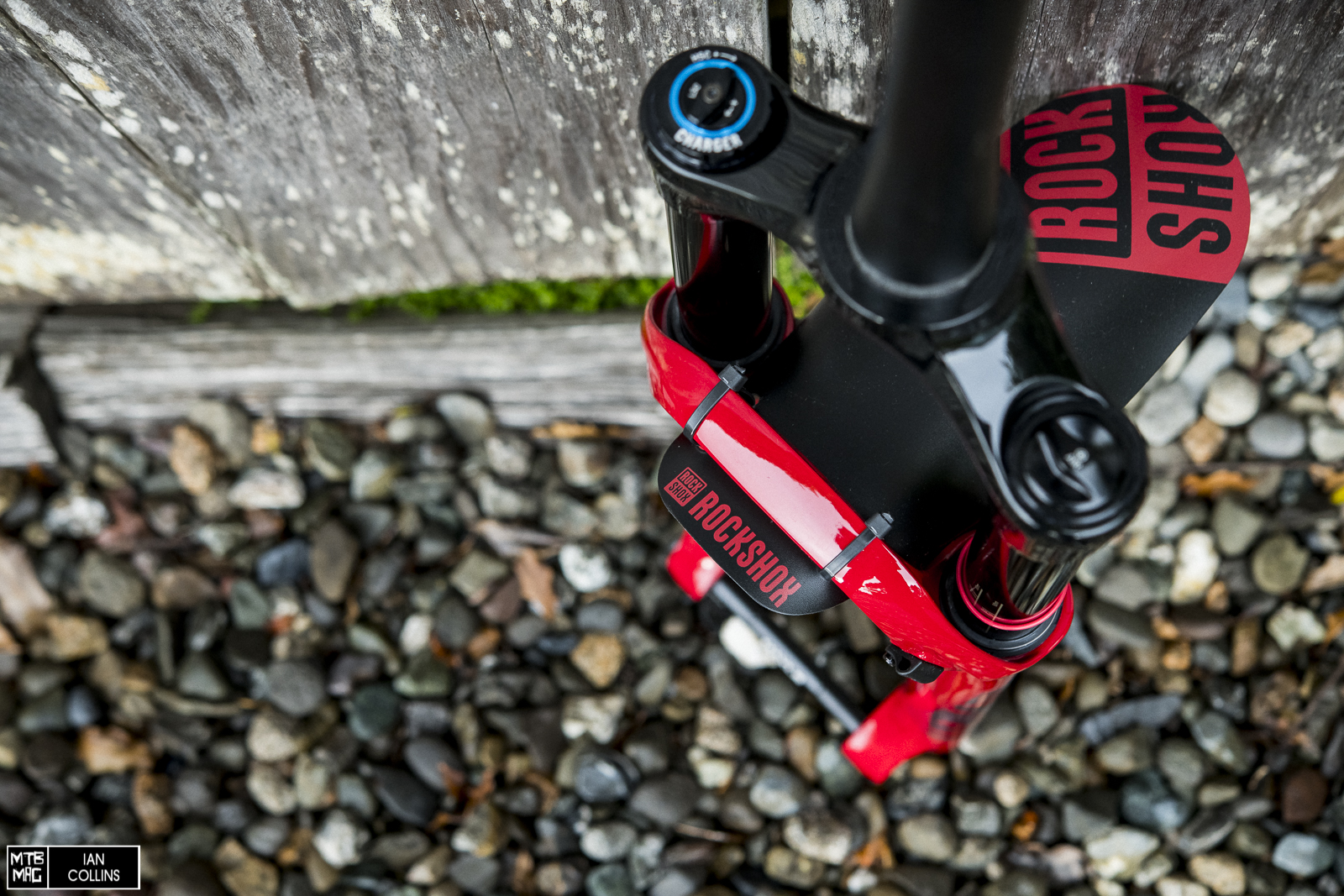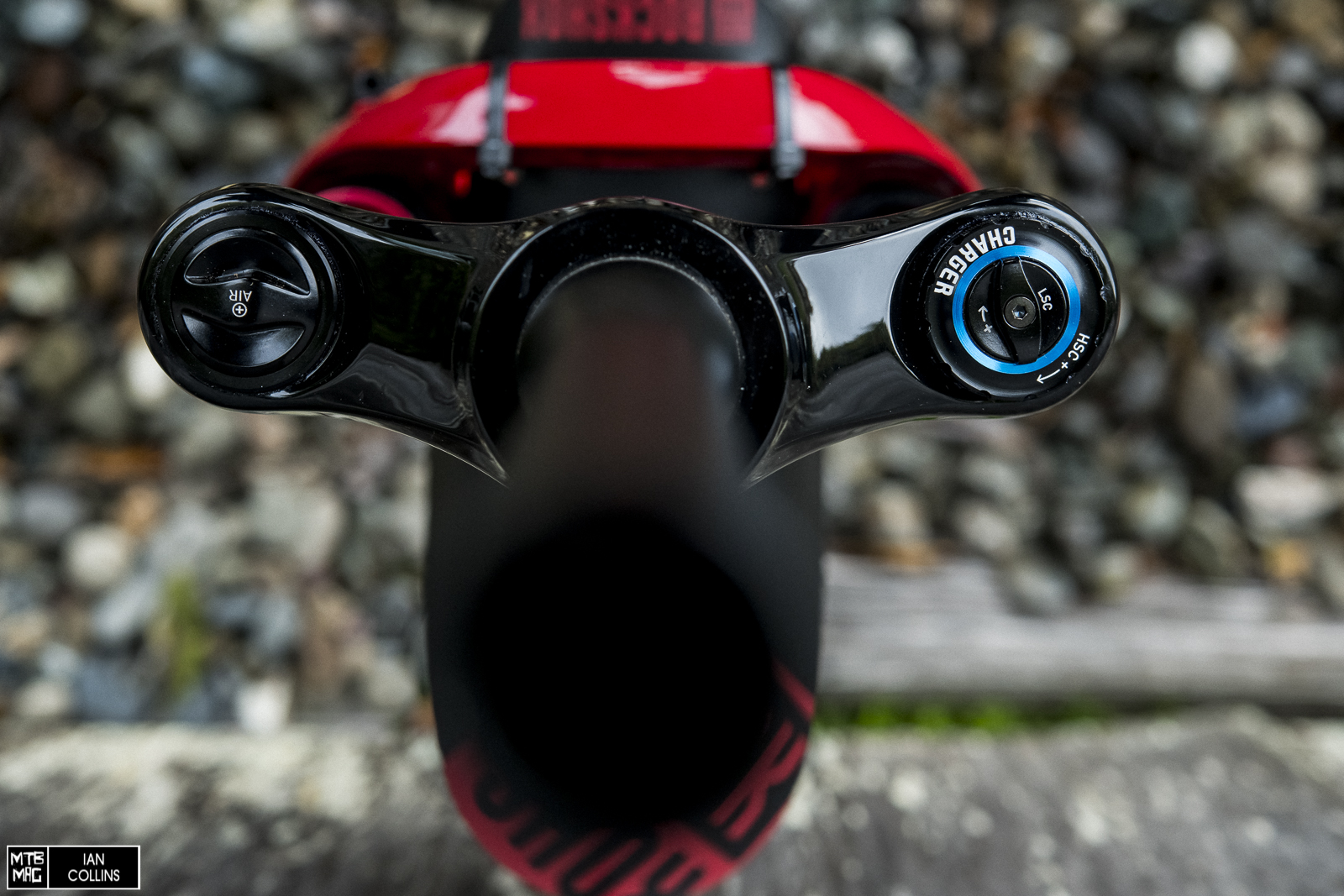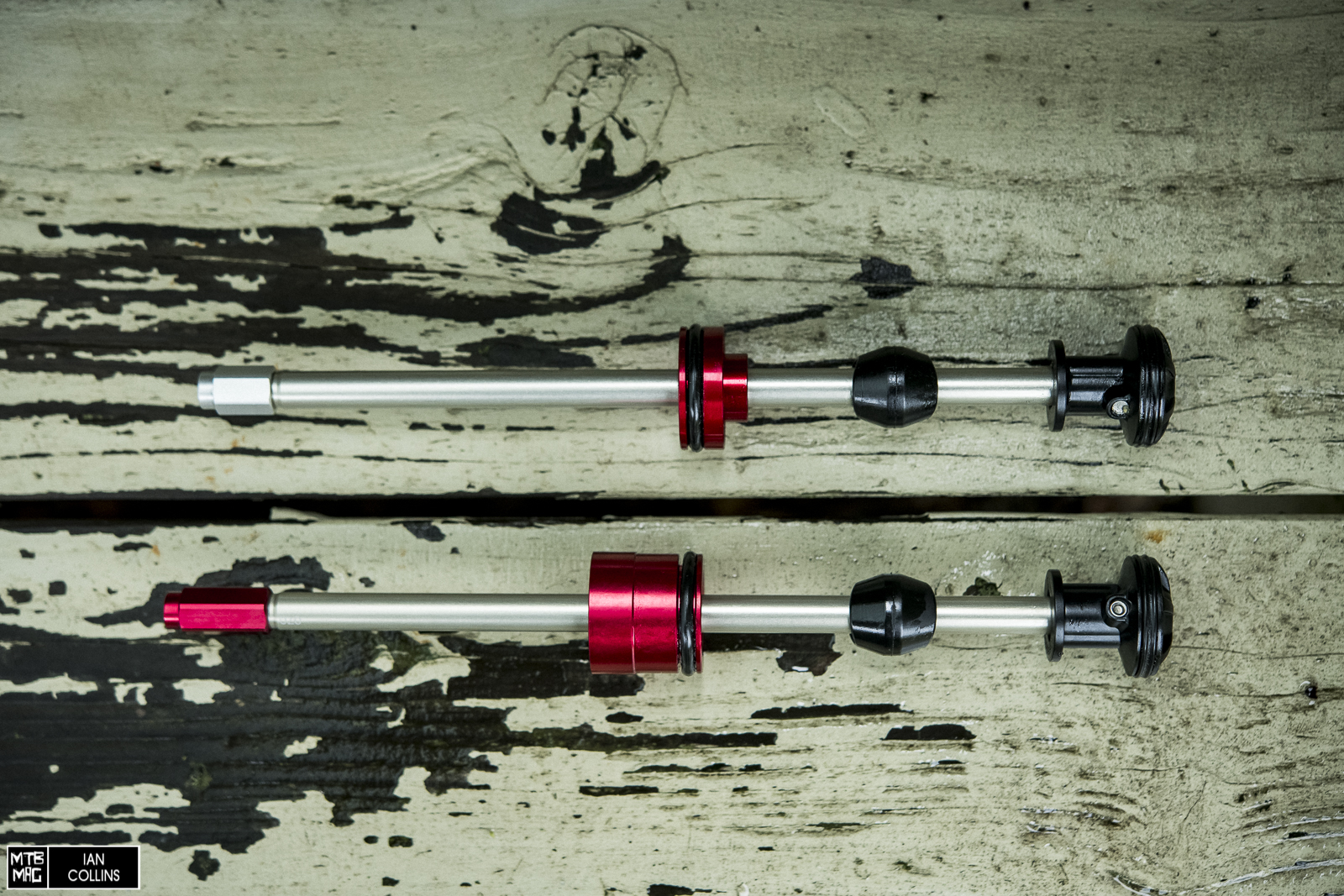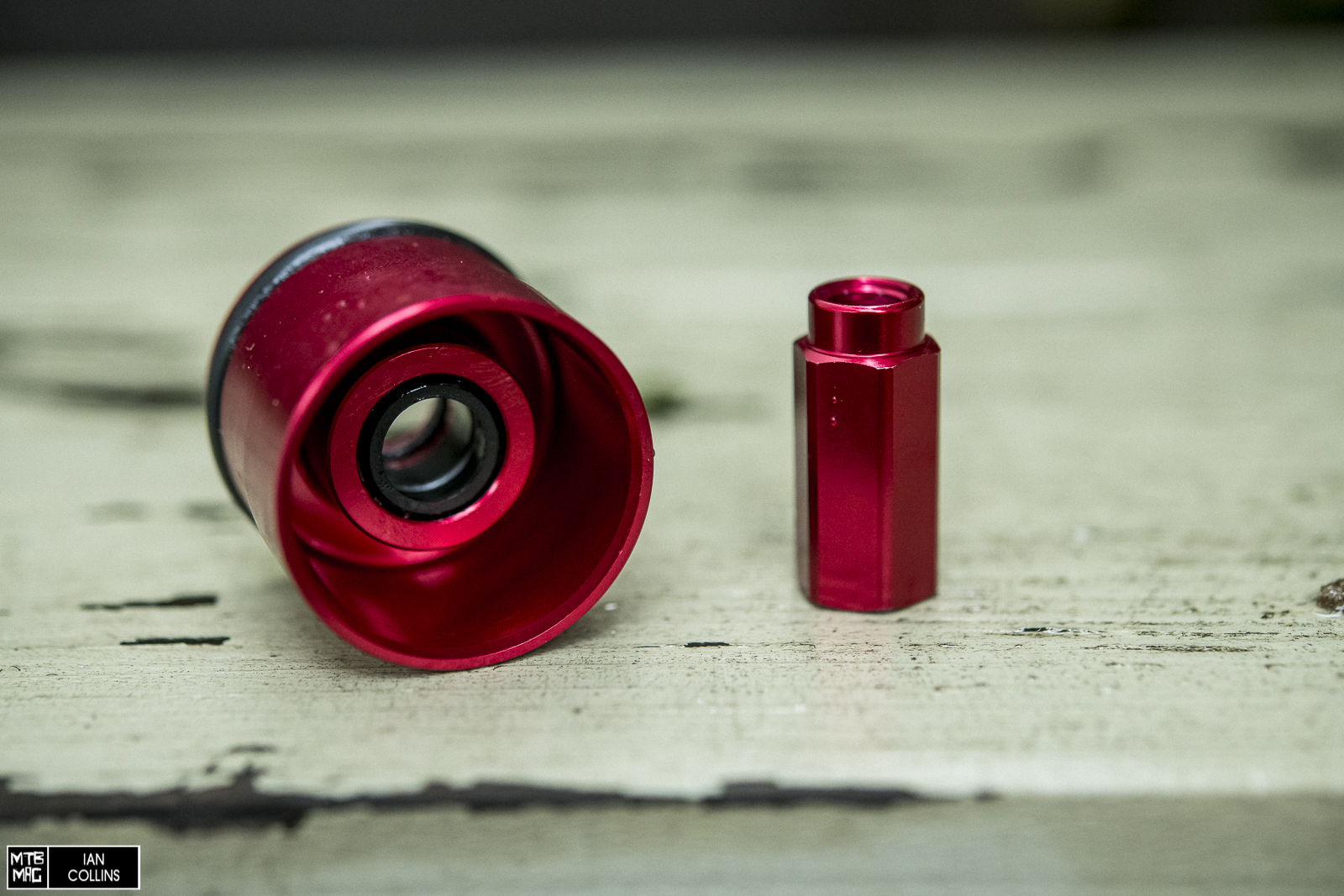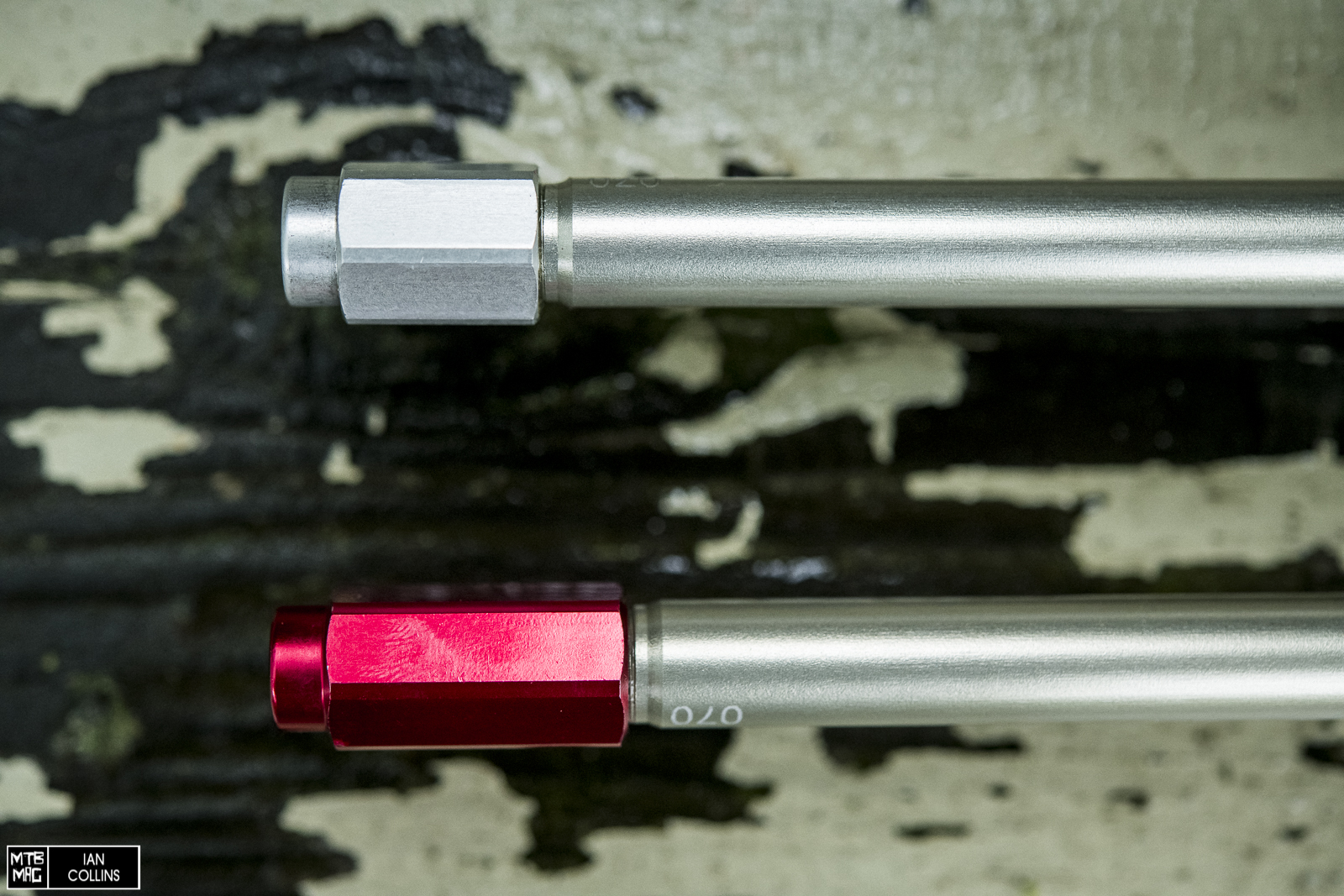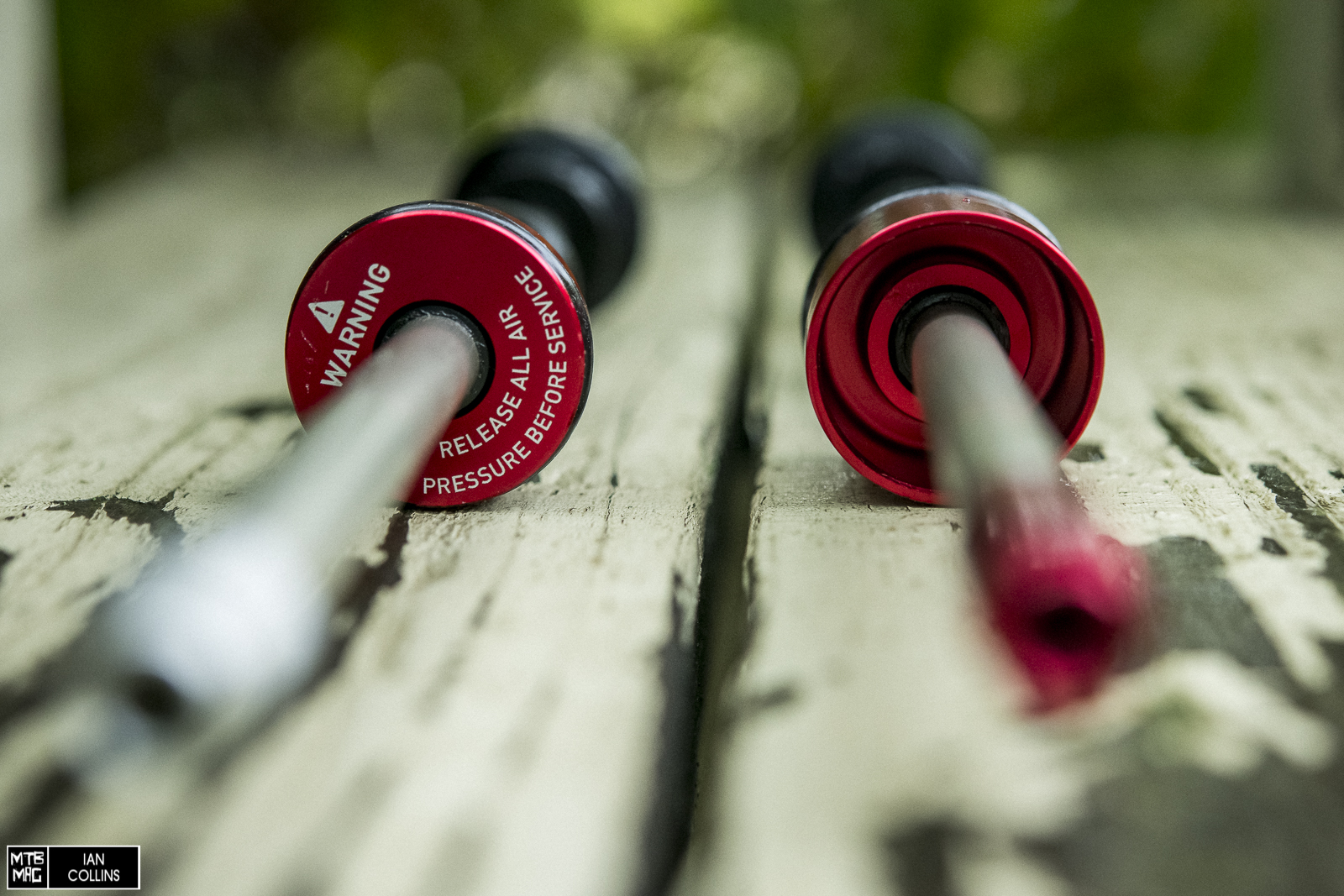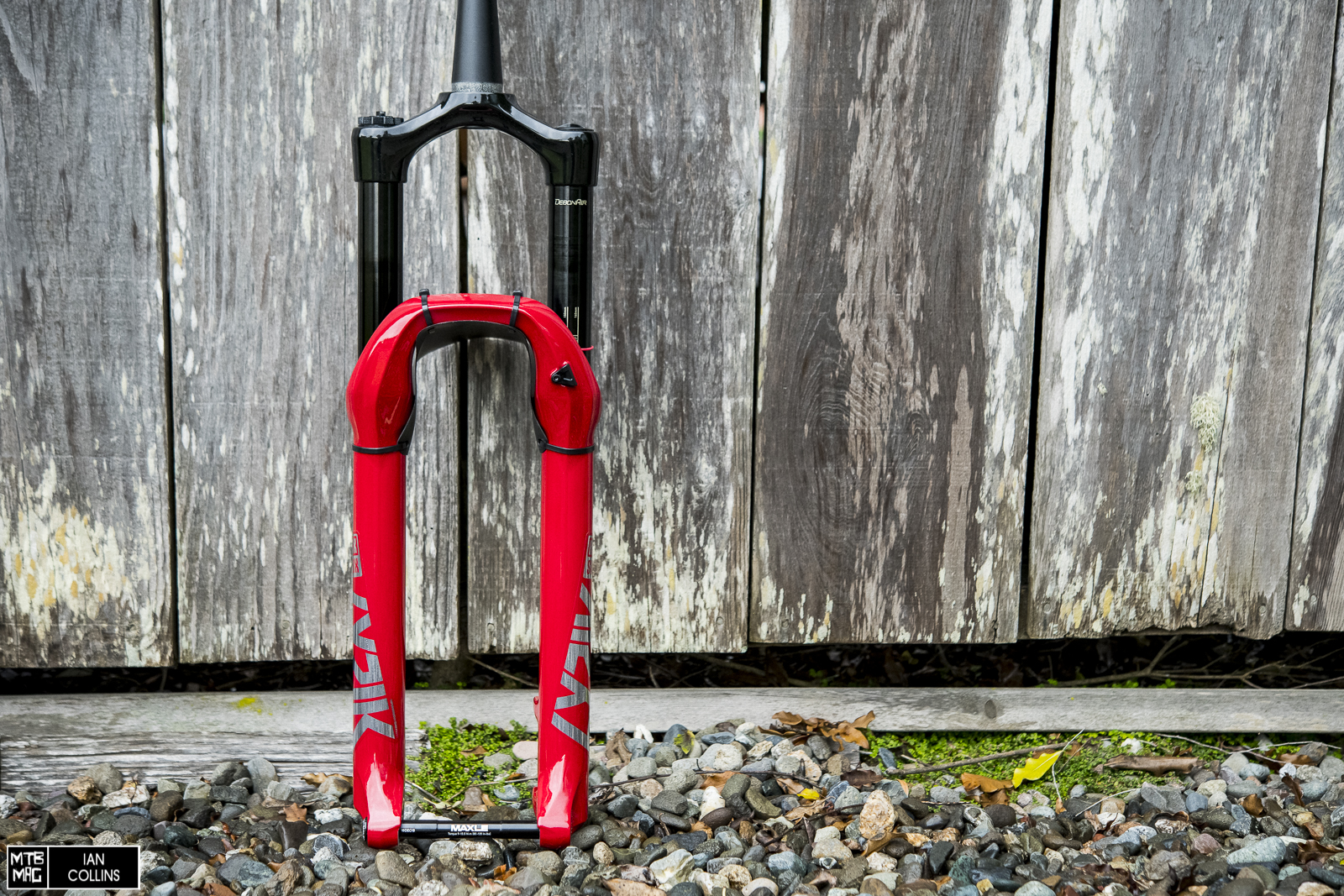[First Ride] 2021 RockShox Lyrik Ultimate
In an unsurprising fashion coming from the RockShox world, the brand has released their 2021 Lyrik and Pike lineup with a minor update that goes a surprisingly long way … at least, in my opinion anyhow. While the chassis for the two forks remain the same as does the Charger 2.1 damper, RockShox have found a way to get a much different feel from the fork via a tweak to the air spring design. If you’ve just recently purchased a 2020 fork, don’t stress – you can get the $ 25 upgrade kit and retrofit it with standard shop tools. Anyhow, we’ve been testing a 2020 and 2021 Lyrik back to back in the exact same travel, offset and wheel size for a direct comparison. Here’s how the update changed the ride …
Details
- Wheel size: 27.5 “, 29”
- Travel: 150mm, 160mm, 170mm, 180mm
- Damper: Charger 2.1 RC2
- Offset: 37mm (27.5 “), 46mm (27.5”), 42mm (29 “), 51mm (29”)
- Upper tube: 35mm tapered wall aluminum
- 2007 grams (our scale, 7.5 “steerer, 29” X 160mm travel X 42mm offset)
- MSRP: $ 949 | € 1,039 * | £ 929
If most of this looks familiar, it should. RockShox hasn’t made any structural changes to Pike or Lyrik for this model year.
You still do get a color matched fender with each fork. They are also available separately on www.sramnation.com
The standard adjustments include air spring volume reducers and independent high and low speed compression, plus a single rebound adjustment.
This is where the big changes lie. Pictured above, at the top of the photo is the 2020 air spring, and below it is the 2021 air spring. Just two parts are different between them: the foot-nut and the seal head.
A close-up of the two new parts – they are compatible with existing air springs, so in order to upgrade you don’t even need an entirely new air spring assembly. Rather, just the two parts above, which RockShox will sell as upgrade kits for $ 25. The new air spring assemblies will already have these new parts included and will retail for $ 42.
The longer foot-nut helps move the shaft and thus the piston seal on the end of it up just enough so that it sits directly on the “dimple”. What is that, by the way? A dimple is an indentation in the stanchion which equalizes air pressure between positive and negative air spring chambers as the piston seal passes by it. By placing the piston directly on the dimple, this equalization takes place at zero sag. In simple terms, this helps the fork ride higher in the initial part of its travel. It also makes setup a bit easier as you won’t need to repeatedly cycle your suspension throughout the inflation process.
The above photo should help you visualize the other major update and how it affects ride characteristics. By creating a large recess in the seal head (pictured above, right), RockShox was able to find space to increase the volume of the trapped air that lies beneath the aforementioned seal in the lower leg assembly. Lower volume = less pressure build up throughout the stroke, and therefore it should be easier for riders to achieve full travel. At the very least, it gives them greater control over their own personal air spring tuning process, regardless of how many volume reducers they are using and to what ends.
Setup
RockShox recommends the exact same pressures based on your body weight as they did for the 2020 Lyrik. For what it’s worth, they made adjustments to recommended settings on Pike and Revelation. Your riding ability and whether or not you’re on an e-bike (add ~ 10 PSI!) Is also something to factor in, but nonetheless I found the chart to be pretty spot on for a baseline. Anyhow, the point being, if you’re upgrading to the new air spring RockShox encourages riders to start exactly where they left off. And so I did just that to get an apples to apples comparison.
With the 2020 forks, some riders had a tendency to put a bit too much pressure in their forks, in an attempt to achieve a firmer off the top feel. This resulted in them being less likely to utilize the full travel. This is no longer the case, and you can get away with lower sag percentages and while also using more of the travel. For what it’s worth, on my 2021 Lyrik I started with – and have stuck with – the exact settings as before, which were:
- 88 PSI
- 2 Volume reducers
- High speed compression: -2
- Low speed compression: -11
- Rebound: -8
- * all damping adjustments listed from closed
On the trail
Having been quite used to the way the Lyrik felt before, I was initially concerned about being over sprung based on the parking lot feel, but alas that wasn’t the case. Gone is that nearly regressive feel at the beginning of the stroke, and it’s important not to conflate that feeling with a lack of stiction. Rather, that was the feeling of the negative spring overwhelming the positive spring in the beginning of the travel. The breakaway force of the Lyrik still feels very low and the action is quite smooth in general. It now just resists diving into the meat of its travel right away. Starting out, I noticed that my front end felt a bit high on the climbs, and upon looking down I would notice that when on a slight pitch, my seal was consistently sitting well below the sag point. One of the first positives I noted was that the fork bobbed far less on the climbs, which is certainly beneficial as the Lyrik doesn’t have a lockout. On the way up, I still kept having this nagging doubt that this firm feeling was indicating I was over sprung …
Once I got into the swing of things on the first descent, those concerns were put to rest right away. Depending on how you set up your suspension, if you are going from 2020 to 2021, or upgrading to the new air spring parts, you won’t notice a drastic change in the latter two thirds of your fork’s travel. But wait, didn’t RockShox did redesign that air seal to make it easier to use full travel? Yes, but personally I had a tendency to set up my fork erring on the more linear side of things in the first place because I’m rather obsessive about getting full travel, so I’m not one to pack my fork full of spacers in the first place. Should you decide to upgrade, what does this mean for you? Well, as a starting point it’s worth beginning right where you left off in the tuning process,
Anyhow, for most riders, the bulk of the change in feel occurs in the first third of the travel, roughly speaking. I tend to be rather particular about my front end height, and actually ended up yanking a 5mm spacer out from beneath my stem to lower my bar, to compensate for the higher overall ride height. Take that for what it’s worth, but to me it’s rather indicative of the effectiveness of this update.
On the damping side of things RockShox made some excellent revisions as they went from 2019 to 2020, updating the Charger 2 to the much better Charger 2.1. In the same vein, the brand’s ethos of “incremental enhancements …” still rings true in the form of the Debonair’s upgrade. As far as everything else is concerned, Lyrik has been in this chassis for a few years now and is an excellent fork overall for heavy duty Trail up through Enduro riding. It’s stout enough for the bulk of the riding that will occcur on a single crown, is broadly tunable and has a solid damping system. With that in mind, something tells me we may see RockShox answer Fox’s 38 in the semi near future with a fork built on a stouter chassis. Time will tell, but in the mean time, the Lyrik as better than ever.
Overall
At the end of the day, the new Debonair air spring really evened out the rate of the air spring curve nicely making it less dramatic at the beginning and end of the stroke. The biggest change is a front end that’s more eager to sit up in its travel. This makes it climb more efficiently, saves precious travel when you’re on the brakes and in the steeps, plus it gives you a bit more pop off of lips. If you’ve already got a 2019 or 2020 RockShox fork, now would be a good time to spend $ 25 on the upgrade kit and pop in some new seals and fresh grease.
The post [First Ride] 2021 RockShox Lyrik Ultimate appeared first on MTB-MAG.COM.

